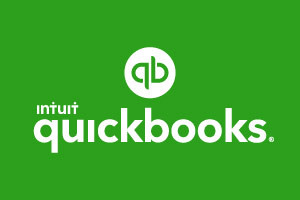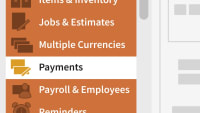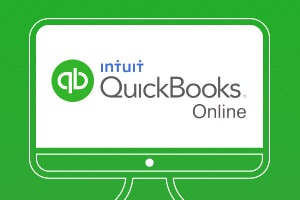Description
In this course, you will :
- Learn how to use QuickBooks Online so you can manage your business finances in the cloud from anywhere.
- How to pay bills on time, collect money earned, and run reports to see how the company is performing to business managers who are new to the bookkeeping platform — as well as QuickBooks veterans making the switch to the online edition.
- How to set up customers, vendors, products, and services, as well as how to record transactions, reconcile bank statements, and pay sales tax.
Syllabus :
1. Get Started
- Tour the interface
- Add company information in QuickBooks Online
- Work with the chart of accounts
- Create bank accounts and credit cards
- Use account numbers
- Set up sales tax
- Add services
- Create noninventory products
- Add inventory products
- Import inventory
- Bundle several items sold as a group
- Edit company information
2. Set Up Customers, Vendors, and Employees
- Set up lists
- Create and edit customers
- Create and edit vendors
- Import customers and vendors
- Create projects
- Add and edit users
3. Day-to-Day Operations
- Create estimates
- Record purchase orders
- Record vendor bills
- Record customer invoices
- Invoice customers for progress
- Record billable expenses and mileage
- Enter time worked
- Process a batch of transactions
- Receive payments
- Create sales receipts for cash sales
- View reminders for overdue invoices
- Send statements to customers
- Job costing with projects
4. Work with Bank Accounts
- Work with account registers manually
- Record credit card charges
- Record bank deposits
- Pay vendor bills
- Print checks
- Set up accounts for online banking
- Set up bank rules
- Process downloaded online transactions
- Reconcile bank accounts
5. Handle Special Cases
- Issue refunds
- Handle customer credits
- Record vendor credits and refunds
- Void transactions
- Apply discounts
- Work with online price rules
- Make items inactive
- Assess late fees and finance charges
- Automate recurring transactions
6. Other Financial Tasks
- Pay sales tax
- Record depreciation
- Track and reorder inventory
- Record inventory adjustments
7. Review Financial Information
- Review financial info in the dashboard
- Use tags to categorize your finances
- Search for information
- Run reports
- Customize and memorize reports









